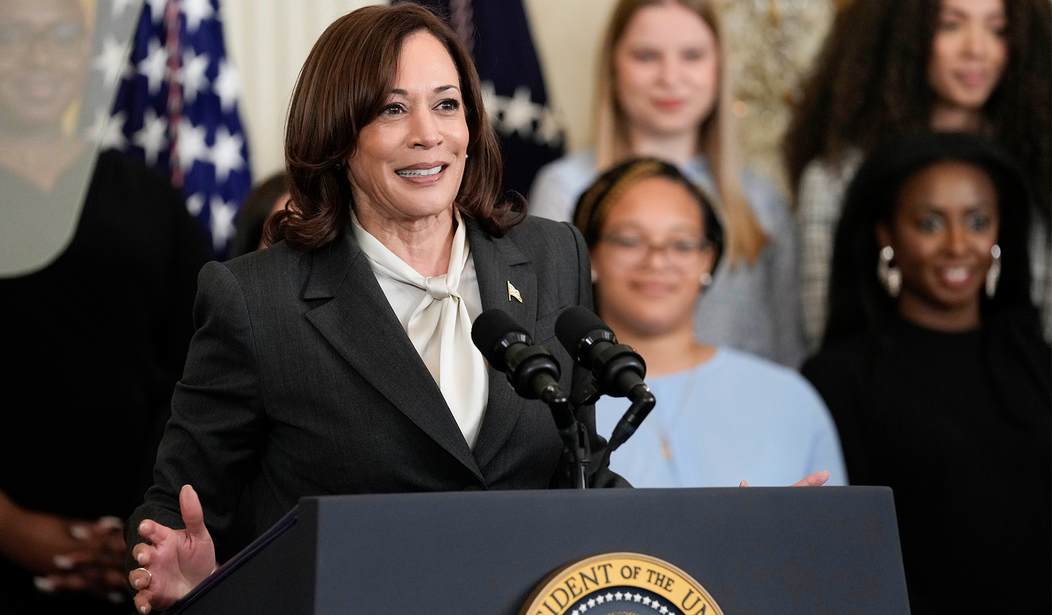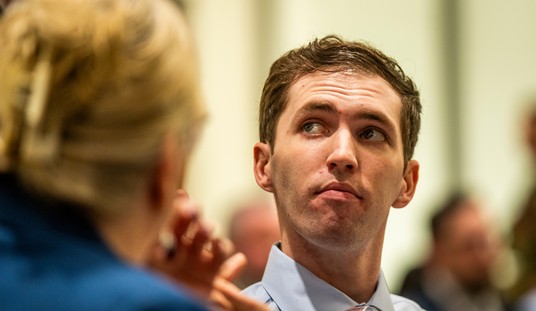I first met Reverend Jesse Jackson in May, 1983. I had just been discharged from the Navy and was working as a stringer for the Mutual Broadcasting System, which assigned me to cover the Operation PUSH founder during his visit to Norfolk, Virginia.
He was leading a demonstration in which some 6,000 people protested the city’s policy on busing children from their home neighborhoods to other schools around the city. I admired what he was doing at the time and the following year, Jackson founded the National Rainbow Coalition to combat racism, which was much more prevalent 40 years ago than today. But let’s be clear about one thing: Jesse Jackson did not “define the rainbow.”
That’s what Vice President Kamala Harris claimed. On July 16, at the Rainbow PUSH Coalition Convention, Harris told a crowd at Chicago’s Apostolic Church of God that Jackson “had the audacity to name this coalition the National Rainbow Coalition. Think about that. He defined the rainbow.”
Harris’s statement was remarkable, particularly in light of the fact that it was delivered in a church. Contrary to Harris’s assertion, the rainbow was not defined by Jackson. It was defined thousands of years earlier by God.
When Noah and his sons left the ark after the flood waters receded, God told him, “I have set my bow in the cloud, and it shall be a sign of the covenant between me and the earth.” God further told Noah, “When the bow is in the clouds, I will see it and remember the everlasting covenant between God and every living creature of all flesh that is on the earth.”
Recommended
Not only was the rainbow defined as God’s promise to man and all creatures, it was a reminder to God of his promise. It’s also a reminder of God’s covenant for all Bible-believing Christians and Torah-believing Jews.
Long after the flood, the prophet Ezekiel wrote, “Like the appearance of the bow that is in the cloud on the day of rain, so was the appearance of the brightness all around. Such was the appearance of the likeness of the glory of the Lord.” According to the study notes in R.C. Sproul’s English Standard Version of the Reformation Bible, “The image of the rainbow among storm clouds reflects the prospect of judgment tempered with mercy.”
Many years after Ezekiel's prophecies, John’s Revelation records that he, “Saw another mighty angel coming down from heaven, wrapped in a cloud with a rainbow over his head, and his face was like the sun.” The rainbow was a halo for God’s messenger; a sacred symbol.
The religious significance of the rainbow is not limited to scripture. Medieval art often incorporated rainbows in depictions of Jesus Christ. It’s said that 16th century Roman Catholic monk turned Protestant reformer Martin Luther interpreted such images as the damning judgment of God before realizing that salvation comes not by deeds but by grace through faith in Christ.
Christians, Jews and others are acutely aware of how the rainbow has been misappropriated lately by LGBTQ ideologues. But it’s unclear whether the original intent was to co-opt the sacred nature of the rainbow. Rainbow flags, for example, have been used across time and cultures, from devout Buddhists to the German Peasants’ War of 1525.
However, such flags were not associated with LGBTQ movements until more recently. Credit for the original LGBTQ-themed rainbow flag is given to artist Gilbert Baker, who was tasked with creating a banner for San Francisco’s annual Gay Freedom Day parade in 1978.
In his memoirs, Baker describes his inspiration for the flag, which came to him during an evening of revelry at the famous Winterland Ballroom. “We rode the mirrored ball on glittering LSD and love power. Dance fused us, magical and cleansing. We were all in a swirl of color and light. It was like a rainbow,” writes Baker. “A rainbow. That’s the moment when I knew exactly what kind of flag I would make.”
This strikes me as a legitimate rationale for Baker’s flag. But the LGBTQ movement’s use of the rainbow over time has gradually replaced its religious meaning. Biblical and religious studies professor Carl Trueman notes that such efforts, particularly among clergy, represent a deathwork which he describes as, “the willing subversion of the sacred in the service of the profane.” Just as Adolph Hitler perverted the ancient meaning of the Sanskrit swastika, a symbol of good luck, LGBTQ ideologues are doing the same with the rainbow.
No, Jackson did not “define the rainbow” nor was he one of the first to do so. But I don’t think his use of that symbol in fighting racism is nearly as destructive as what we’re seeing today among militant LGBTQ advocates. They’re taking a page from Hitler’s playbook and that’s something we should pay close attention to.























Join the conversation as a VIP Member